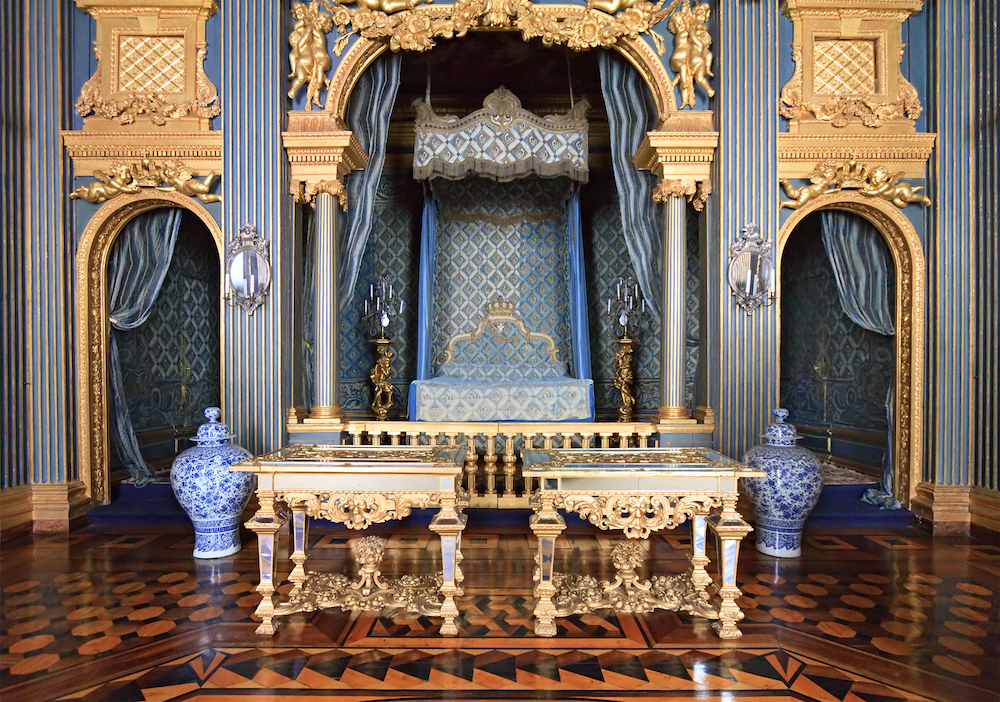Have you heard about the psychology of colors used in your home or office? Doing this research before designing each space and choosing what colors to use on your walls, furniture, rugs and home decor will help to determine whether your favorite is going to work best for you. Here are ways color affects mood and emotions:
Color Psychology
Color psychology is the study of how certain colors impact human behavior. Different colors have different meanings, connotations, and psychological effects that vary across different cultures. This study of color and its impact on how we think and feel falls into an area of psychology called environmental psychology. Essentially, this is the study of how the physical world around us impacts our brains and how different colors impact human behavior and stimulate the mind. While the interpretation of color may differ between cultures, some colors are universally interpreted for the same reason such as red meaning hunger and/or danger.
Many brands utilize color psychology in their marketing to evoke certain feelings amongst consumers. For example, corporations may make use of formal colors such as black whereas a food establishment may inject a range of bright colors to entice the appetite.
Examples of Color Psychology
The color wheel is a very powerful tool as while some perceptions of color are subjective others are universal. For example, colors such as red, orange and yellow are considered as having warm connotations to them whereas blue is said to be a more cool-toned color that excludes feelings of calm and serenity and green is known to be a calming color and is associated with growth, nature and financial wealth.
Another example could be the color black which is associated with formality and sophistication whereas purple is associated with royalty and creativity.
How Color Affects Mood
Color is a very determining factor when it comes to our mood and emotions and often this is something that happens subconsciously without us even being aware of it. For example, in the dark winter months, you may choose to wear a bright-colored outfit to inject some color and help lift your mood.
Individuals may also associate both happy and sad events that take place in their lives with colors. For example, an individual may associate a bad job with the colors of the uniform that they wore or they may favor the colors of their lucky socks.
Color can directly impact your health as well. While specific colors have been proven to do things like enhance concentration and increase perceived relaxation, it’s important to consider your own psychology, culture and history as everyone responds differently to colors. For example, in some cultures, the color white evokes feelings of purity, cleanliness, and innocence and peace—which is why it is attributed to weddings, and in other cultures, it is associated with death, grief and mourning
Color in Interior Design
Color psychology can also impact the mood of a room so it is important to consider the style and mood that you wish to achieve in your specific interior space.
Color is a powerful tool in interior design and can be used to increase the energy and vibrancy of a room or create a zen peaceful oasis.
You may wish to incorporate happy fresh colors such as yellow into a kitchen area to help it feel vibrant and fresh. Contrastingly, you may wish to paint the walls of your bedroom a light blue as it has been proven to decrease blood pressure and would help to create a peaceful relaxing environment.


